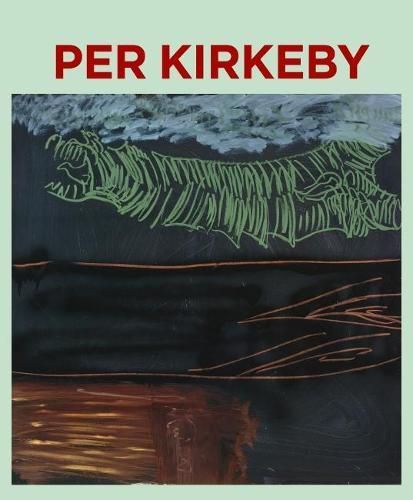Readings Newsletter
Become a Readings Member to make your shopping experience even easier.
Sign in or sign up for free!
You’re not far away from qualifying for FREE standard shipping within Australia
You’ve qualified for FREE standard shipping within Australia
The cart is loading…






The Centre for Fine Arts presents a retrospective of the work of Per Kirkeby (born in 1938), one of the key painters of the Danish avant-garde. But just what does avant-garde mean: rupture, minimalism, abstraction, borrowings, subversion? One can find all of those in a prolific body of work that began in the 1960s in the wake of the Fluxus movement. But that is only one aspect of a very diverse oeuvre that draws just as much on the figuration of Danish classicism and the experiments of 19th-century French masters such as Eugene Delacroix. Kirkeby cannot be pigeonholed, nor does he want to be: he prefers to relentlessly question the position and the perceptions of the observer. An artistic process that has seen him turn to different media (canvas, blackboards, paper, bronze, etc.) in an assertion of the freedom he finds, as a trained geologist, in the omnipresence of nature. It is in this context that the Kurt Schwitters room in the exhibition is so relevant. Here, Kirkeby is not confronted with the Dadaist, but with an unfamiliar, figurative Schwitters, in love with landscape. Forbidden paintings - from the point of view of the modernist mainstream that is. The Danish artist recognises in this work his own credo: a visceral assertion of his freedom as an artist.
$9.00 standard shipping within Australia
FREE standard shipping within Australia for orders over $100.00
Express & International shipping calculated at checkout
The Centre for Fine Arts presents a retrospective of the work of Per Kirkeby (born in 1938), one of the key painters of the Danish avant-garde. But just what does avant-garde mean: rupture, minimalism, abstraction, borrowings, subversion? One can find all of those in a prolific body of work that began in the 1960s in the wake of the Fluxus movement. But that is only one aspect of a very diverse oeuvre that draws just as much on the figuration of Danish classicism and the experiments of 19th-century French masters such as Eugene Delacroix. Kirkeby cannot be pigeonholed, nor does he want to be: he prefers to relentlessly question the position and the perceptions of the observer. An artistic process that has seen him turn to different media (canvas, blackboards, paper, bronze, etc.) in an assertion of the freedom he finds, as a trained geologist, in the omnipresence of nature. It is in this context that the Kurt Schwitters room in the exhibition is so relevant. Here, Kirkeby is not confronted with the Dadaist, but with an unfamiliar, figurative Schwitters, in love with landscape. Forbidden paintings - from the point of view of the modernist mainstream that is. The Danish artist recognises in this work his own credo: a visceral assertion of his freedom as an artist.